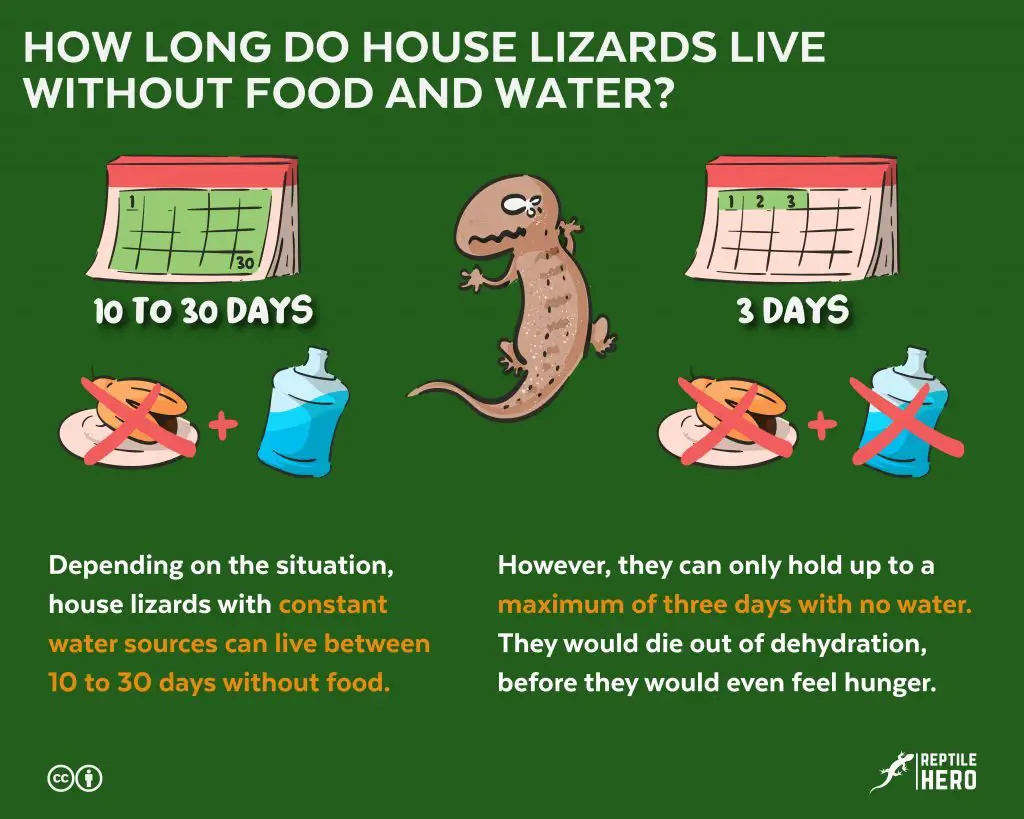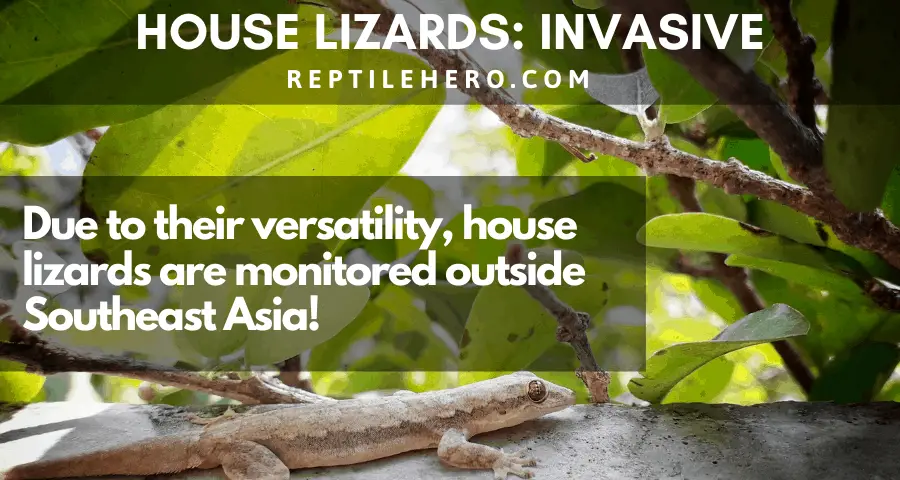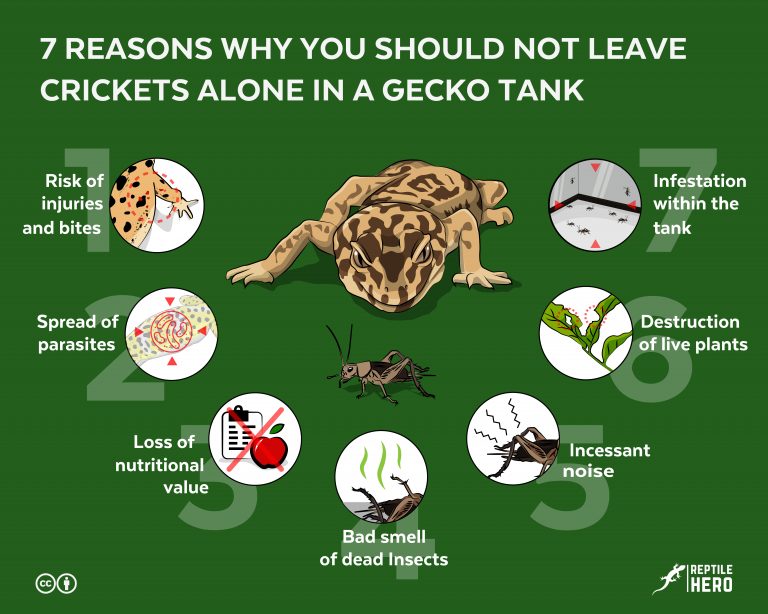How Long Do House Lizards Live Without Food and Water?
Have you recently had a trip somewhere in Southeast Asia? Have you spotted those cute little brown lizards sticking on the ceiling or walls? If so, did you ever wonder if they were pets of the household? Or are they random animals cohabitating with people? Were they even given proper food and water like a pet?
Depending on the situation, house lizards with constant water sources can live between 10 to 30 days without food. However, they can only hold up to a maximum of three days with no water. Before they would even feel hunger, they would die out of dehydration.

Continue to read along as we discuss more of these little creatures.
Starvation and Dehydration: Do house lizards last long?
Let us first get to know a little about common house lizards before diving deeper into the answer.
House Lizards: Coexisting with People in the Tropics
What comes to your mind when you think of a common house lizard? Perhaps what you imagine is the green lizard on the GEICO commercial in US television. As to what species he is, we will never know. However, with its features, it belongs to another lizard species.
Under the umbrella term “house lizard,” various geckos are categorised into the common name. One of these species is Hemidactylus frenatus, the common house lizard we will discuss throughout.
Common house lizards can grow up to five inches and have a range of colour from yellow, tan, and brown with white circular blotches.
At night, you can often hear them with their “chi chak” call. Having sticky toe pads typical to geckos, you will occasionally see them near urban lights, making them look paler.
For this species, the term “house lizard” is not at all a misnomer. With an apparent propensity for urban environments and indoor living, these reptiles got their common name because of this atypical behaviour.
Even though they are also widely distributed in the bushes and forests in the tropical region, these synanthropic lizards tend to live near city bounds and hunt for insects within urban lights.
Hence, it is not unusual for Southeast Asians to be familiar with these creatures. However, in colder regions like in the United Kingdom, these lizards are not frequently found in the wild.
House Lizards: As Pests outside Native Origin
In many regions outside Southeast Asia, house lizards have become an invasive species. Competing with similarly sized reptiles, this species’ adaptability and hardiness make it win over food supplies and territories against native animals.
In places like Florida, California, and Hawaii in the United States, there have been reports of known and established colonies of this parasitic species. As a result, keeping one as a pet is a heavy task you must be willing to carry.

House Lizards: As Pets in Temperate Region
Although they are not as common as leopard and crested geckos as pets, some people in temperate regions have found a liking to these little lizards natively found in Southeast Asia.
Unlike handling leopard and crested geckos where it is manageable, holding house lizards can be quite a challenge as a first-time reptile owner.
They are predominantly timid and skittish. Even if house lizards usually coexist with people, they tend to immediately hide under foliage once they see you near the tank.
Frequent handling is also not tolerated by this species. If they allowed you to touch them, a little rough mishandling might often tear their fragile skin which can break easily.
As frequent handling may also make them feel threatened, house lizards will readily and easily detach their tails upon feeling so. Thus, you must be exceptionally cautious when feeding.
Unfortunately, if you want to handle them regularly, this species may not make a perfect pet for you.
During the day, they tend to spend most of the time burying themselves under hiding places. However, at night where they are most active, these house lizards may be energetic.
Unlike other gecko species like leopard and crested, they are relatively quick to move and run at night. If your pet house lizard swiftly escapes you while handling it, you must prepare for a tiring yet fun afternoon.
Also, unlike some other common pets like cats or dogs that can go out in the streets to hunt for food, house lizards tend to rely solely on you for food. Hence, there is a possibility that your little reptile may starve and dehydrate once you forgot to feed them.
House Lizards: Starvation and Dehydration
Just like any living thing, house lizards starve and dehydrate once deprived off of food and water. The length of time they can last depends on the situation.
In the subtropical region’s wilderness, they can naturally live as long as 30 days without food but have constant water access. This observed number can go as low as ten days during summer, where the environmental conditions are harsher than the tropics. On the other hand, they can last more than 30 days during winter, where they undergo brumation.
The number of days they can last without food—with a constant water supply—may change during captivity. Since their tank simulates tropical weather where there is neither summer nor winter, the maximum number of days can be around 14 days. Typically, adult ones would last this long; however, babies and juveniles can only go as long as two to three days without food.
Even if they can last long without food, water deprivation is a different story. Like all animals, house lizards need constant access to water to stay alive. As with other reptiles and amphibians, water comprises roughly two-thirds of their body weight. Thus, it is essential for keeping them alive.
Either held captive as pets or free-ranging in the wild, house lizards cannot last long without water. Roughly three days would be the longest they can survive. This number is considerably shorter during summer and for juveniles. With this, lack of water would kill them first before they starve.
Takeaways
House lizard is an umbrella term for gecko species that prefer to live in an urban setting. Hemidactylus frenatusis one of the popular pet species, originating in Southeast Asia.
Outside their habitat of origin, house lizards are considered pests due to their capability to form invasive colonies.
House lizards are good entry-level pets. However, with their shy and fidgety personality, this reptile is not ideal for cuddlers and handlers.
House lizards tend to rely on the owner for food and water entirely. Thus, they tend to starve and dehydrate if left neglected.


![Picky Eater Leopard Geckos – How To Feed it [8 Solutions]](https://www.reptilehero.com/wp-content/uploads/2021/12/picky-eater-gecko-cc-768x614.jpg)
![Do Geckos Drink Milk? [Think it Twice]](https://www.reptilehero.com/wp-content/uploads/2021/07/Does-Gecko-Drink-Milk-Infographic-768x614.jpg)


![Homemade Crested Gecko Food [10 Recipes]](https://www.reptilehero.com/wp-content/uploads/2021/05/G47-768x614.jpg)